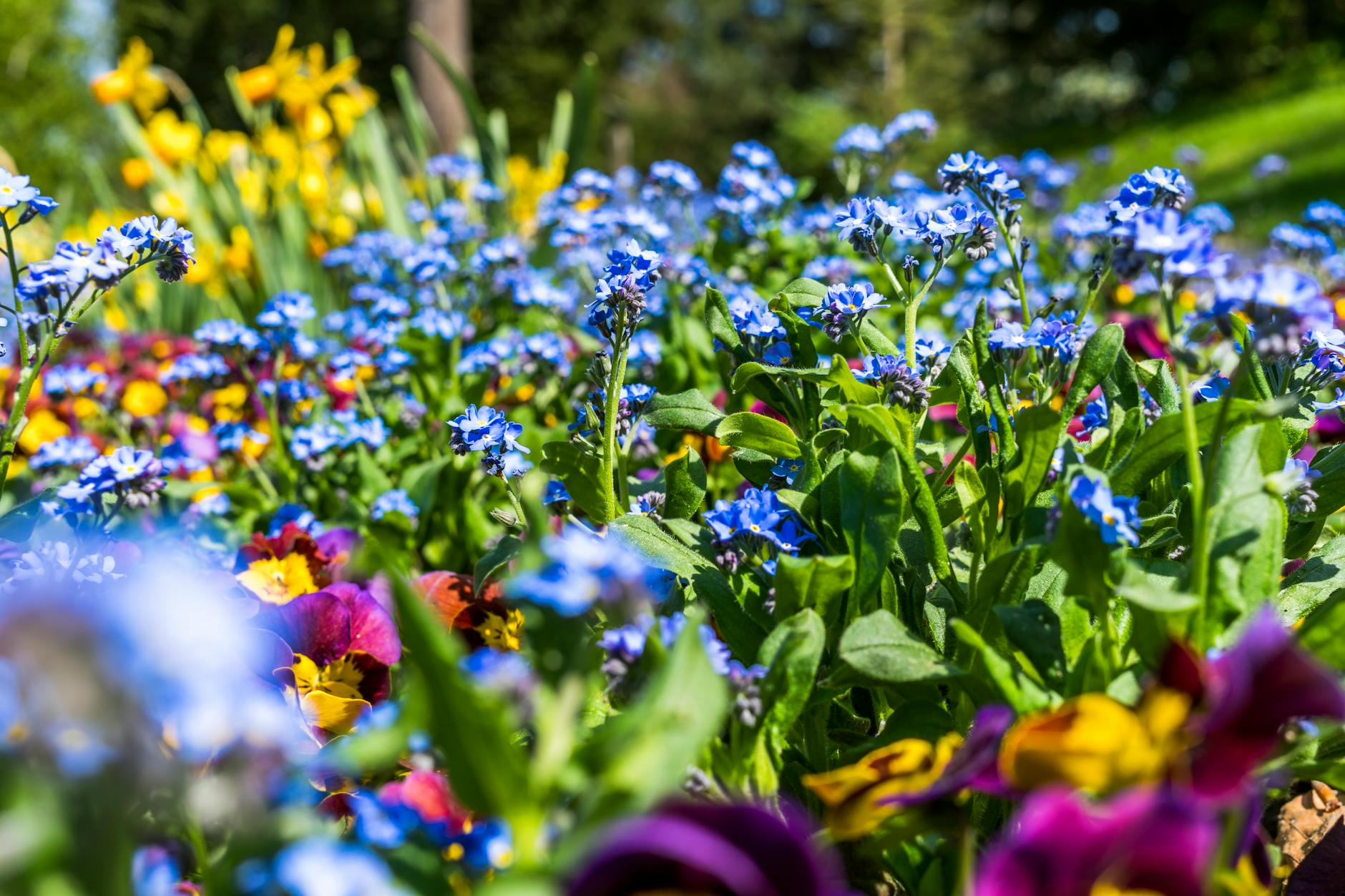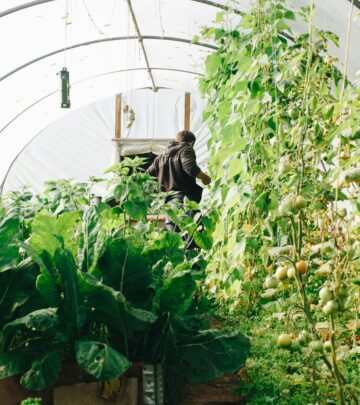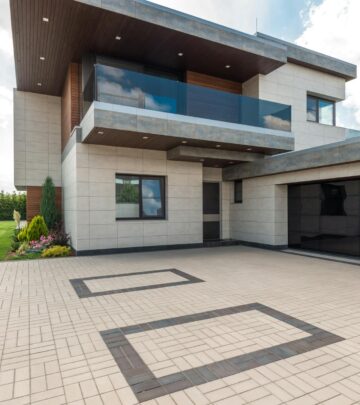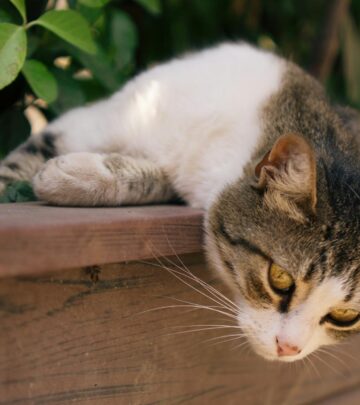10 Garden Ideas to Steal from Germany
Merging structured layouts with wild planting creates lush retreats that balance beauty and sustainability.

Introduction to German Garden Design
Germany, with its diverse climate and rich horticultural history, offers a wide range of inspiring garden ideas. From modern urban designs to traditional formal gardens, German gardens are known for their elegance, sustainability, and innovative use of space.
## German Garden Styles and Trends
_TODO: Summarize German garden styles such as formal, cottage, naturalistic, and urban gardens, emphasizing their unique characteristics._
Formal Gardens
Formal gardens in Germany are characterized by symmetrical layouts, geometric shapes, manicured lawns, and are often inspired by French and Italian garden styles.
Cottage Gardens
Cottage gardens are informal, dense with planting, and feature a mix of flowers, shrubs, and herbs, creating a charming and cozy atmosphere.
Naturalistic Gardens
Naturalistic gardens aim to mimic nature, often featuring native plants, meandering paths, and water elements, blending seamlessly into the surrounding landscape.
Urban Gardens
Urban gardens in Germany focus on space-saving solutions like vertical gardening and container planting, making them ideal for small city spaces.
1. Green Roofs
Green roofs are a hallmark of German urban design. They provide insulation, reduce stormwater runoff, and create habitats for wildlife.
2. Rampant Planting
Rampant planting involves using vigorous, spreading plants to create lush, natural-looking landscapes that require minimal maintenance.
3. The Mary Lennox Effect
Named after the character from “The Secret Garden,” this idea involves using plants and flowers to create a sense of rebirth and renewal, often by transforming neglected spaces.
4. Follow the Rules: Kleingartenkolonies
Kleingartenkolonies are small allotment gardens that follow specific rules to ensure harmony and efficiency among gardeners, promoting a sense of community.
5. Family-Friendly Spaces
German gardens often include elements that encourage family activities, such as playground equipment and picnic areas, making them vibrant community spaces.
6. Experimental Planting
Experimental planting involves using municipal parks for innovative plant combinations, focusing on low-maintenance and natural-looking designs that enhance biodiversity.
7. Urban Composting
Composting areas are integrated into urban gardens to manage waste effectively and support sustainable gardening practices.
8. Fruit and Berry Bushes in Urban Gardens
Urban gardens in Germany frequently include fruit trees and berry bushes, providing fresh produce and enhancing the aesthetic appeal of the garden.
9. Incorporating Water Features
Water features like ponds and fountains are common in German gardens, adding visual interest and creating habitats for wildlife.
10. Sustainable Materials
German gardens often utilize sustainable materials for planters and other garden elements, such as recycled wood and stone, to reduce environmental impact.
Creating Your Own German-Inspired Garden
To create a German-inspired garden, consider using native plants, incorporating water features, and implementing sustainable practices like composting. Mixing structured elements with natural planting can achieve a unique blend of elegance and wildness.
Frequently Asked Questions (FAQs)
Q: What is the New German Style in garden design?
A: The New German Style combines natural and spontaneous elements with structured and deliberate design, focusing on robust planting, layering, and low maintenance.
Q: What plants are suitable for a German-inspired garden?
A: Plants like lavender, coneflower, sage, stonecrop, and ornamental grasses are popular choices as they are attractive and support biodiversity.
Q: How do German gardens integrate sustainability?
A: German gardens often integrate sustainability through practices like composting, using green roofs, and selecting low-maintenance plants.
Conclusion
German garden design offers a wealth of inspiration for gardeners around the world. By embracing innovative and sustainable practices, these gardens not only enhance beauty but also contribute to environmental well-being.
References
- https://byjema.com/blogs/byjema-univers-inspiration/new-german-style-garden-design
- https://www.gardenia.net/gardens-by-region/region/europe/germany
- https://www.gardensillustrated.com/gardens/in-depth-look-at-contemporary-german-planting-style
- https://www.gardenista.com/posts/10-garden-ideas-to-steal-from-germany/
- https://momitforward.com/5-inspiring-ideas-german-urban-gardens/
Read full bio of Anjali Sayee















Community Experiences
Join the conversation and become a part of our empowering community! Share your stories, experiences, and insights to connect with other beauty, lifestyle, and health enthusiasts.